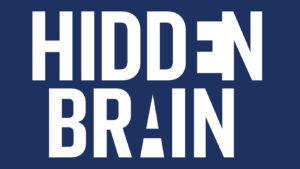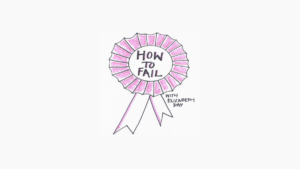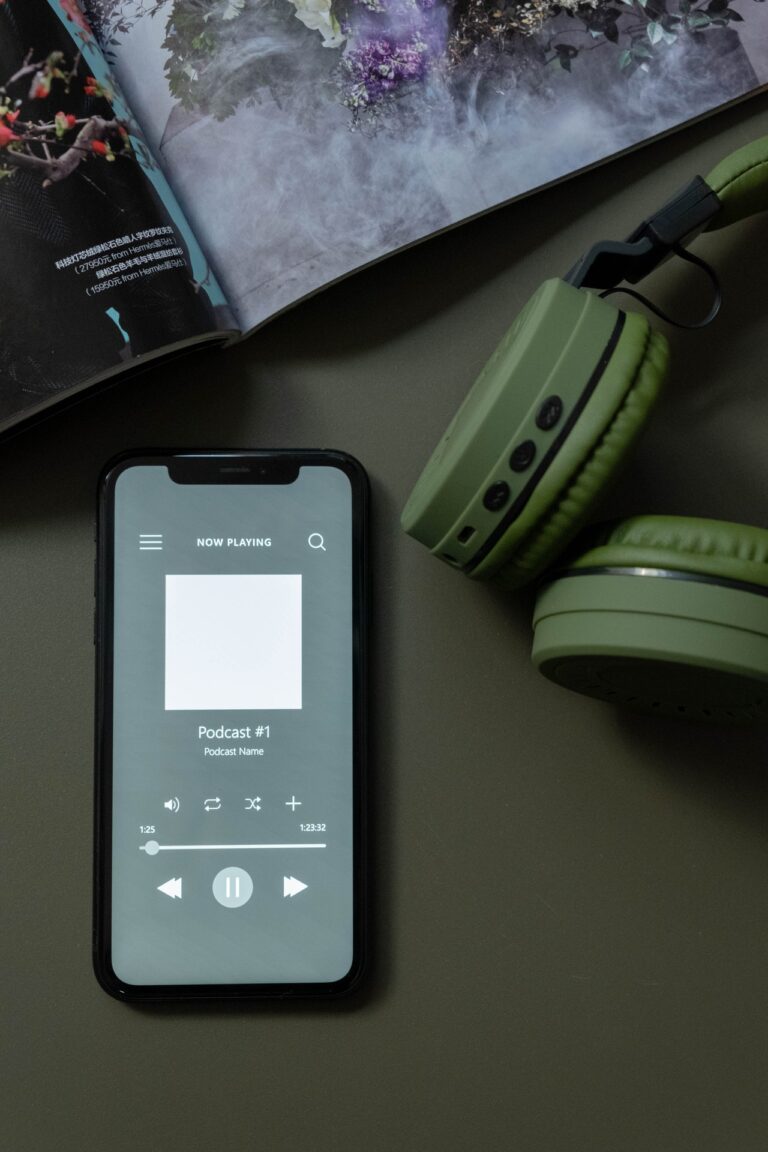Digital Essentials: Navigating The Larger Web
For many older adults, engaging with digital technology is a journey of discovery and empowerment. It’s like learning to cook a new dish – it can be daunting at first, but with the right ingredients and recipe, it’s a joy to create something wonderful. Just as we advocate for a proactive approach to vibrant living, taking an active role in understanding and using digital tools can help older adults stay connected, continue learning, and contribute meaningfully in today’s digital age.
Digital Navigation: Walking Through the Web
Walking is fundamental to our daily lives. It’s how we get from one place to another. Similarly, browsing the internet is a form of digital walking. We navigate from one website to another, finding information, connecting with loved ones, shopping, or learning new things. Search engines like Google are the shoes that protect our feet, guiding us to where we want to go. However, remember to tread wisely and stay on safe paths, using websites that are secure (often marked with a small padlock icon near the URL) and avoiding clicking on suspicious links, just like you would avoid walking on a slippery surface.
Online Learning: Dressing Your Mind
Just as we dress ourselves in different clothes for different occasions, we dress our minds with knowledge for various scenarios. Digital tools offer older adults myriad ways to continue learning. Educational platforms such as Coursera, Khan Academy, or even YouTube provide a wealth of knowledge at our fingertips, on topics ranging from history to cooking, to learning a new language. Donning this digital attire can enhance one’s sense of purpose, encouraging continuous learning and curiosity.
Digital Communication: The Nutritious Social Meal
Eating is essential for physical health, and social communication is food for our emotional well-being. In a digital context, tools like Facebook, Skype, or Zoom are akin to nourishing meals. They provide essential social interaction, enabling engagement with family, friends, and social groups from the comfort of home. Digital communication can also reduce stress, offering an easy way to stay connected and engaged, even when physical distance might make it challenging.
Setting Intentions: A Digital Agenda
In the same vein as setting life goals, having a digital agenda can help guide your online activities. This could be as simple as deciding to spend ten minutes each day learning a new skill on YouTube, or setting aside time each week to video call with family. Your digital intentions should serve your broader life goals and promote vibrant living.
Taking Control: Understanding and Mastering Digital Tools
Mastering the digital world might seem overwhelming, just as learning new daily tasks can be. But remember, it’s okay to take it one step at a time. Start with basic tasks, like sending an email or making a video call, and gradually add more complex activities, such as online shopping or digital banking. You are in control of your digital journey, just as you are in your daily life.
At Sage Collective, we believe that understanding and using digital tools can significantly enhance our model of vibrant living. It offers endless possibilities for learning, connection, and engagement. Just as we actively participate in our daily lives, we can also take an active role in navigating the larger network of the web, leading to a more enriched and vibrant life. It’s never too late to embark on this digital journey.










